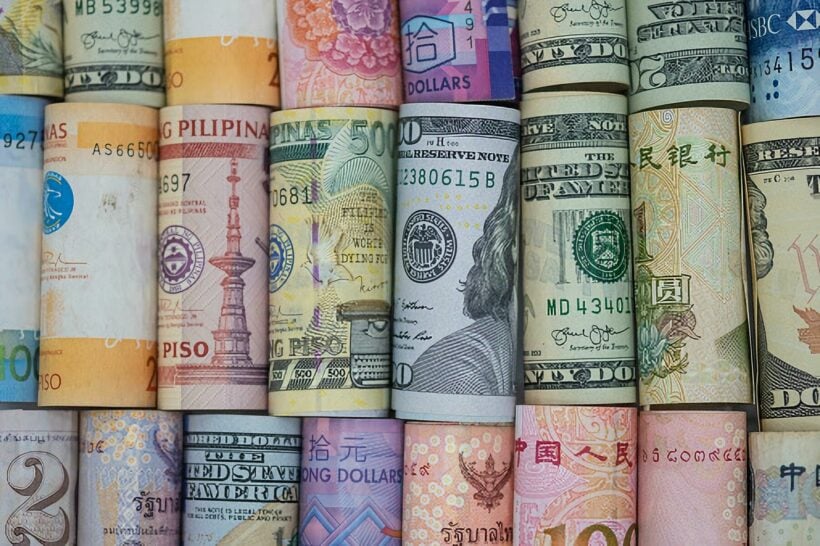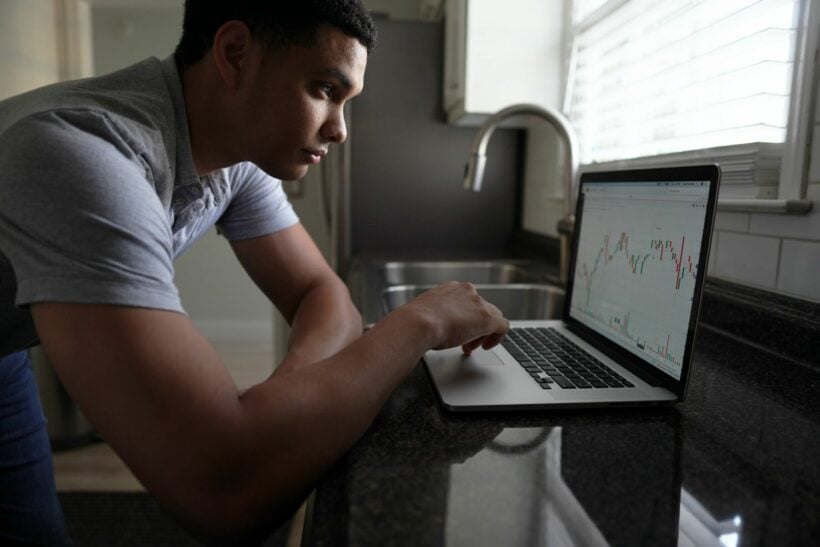Forex lingo you need to know to impress your date – and everybody else

When it comes to forex, the right lingo can go a long way. Whether you’re trying to make a good impression on a first date, simply want to show off your knowledge, or you’re just starting out with forex trading, being able to fluently discuss the industry is sure to impress. Here are just a few forex terminologies that will help you sound like a pro.
1. Pip forex lingo
Stands for the percentage in point, a pip is the smallest unit of change in an exchange rate. A pip is typically equal to 0.0001 of a currency. For example, if the EUR/USD moves from 1.2350 to 1.2351, that .0001 move higher is one pip. Most brokers now quote prices to the fourth decimal point, so a move from 1.2350 to 1.2351 is a one-pip change. A pip is usually the last decimal place of a quotation.
2. Pipette

A pipette in forex trading is a unit of measure used to express the change in value between two currencies. A pipette is one-tenth of a pip, and it is used to quote prices in the fractional pips format.
For example, if the EUR/USD exchange rate moves from 1.23456 to 1.23457, that would be a one-pip move. If the EUR/USD exchange rate then moved from 1.23457 to 1.23458, that would be a two-pip move. Pipettes are also sometimes referred to as points, ticks, or price interest points (PIPs).
3. Currency pair
In foreign exchange trading, a currency pair is the quotation of two different currencies, with the value of one currency being quoted against the other. The first currency listed is called the base currency, while the second is called the quote or counter currency (more on that below).
4. Base Currency
The base currency is the first currency listed in a currency pair. It is also the currency that you are buying or selling when you trade that pair. For example, in the EUR/USD pair, EUR is the base currency, and USD is the quote currency. That means that when you buy EUR/USD, you are actually buying Euros and selling US dollars.
The reason why the base currency is so important is that it determines your profit or loss on a trade.
5. Quote currency forex lingo
Again, currencies are always quoted in pairs in forex trading. The first currency in a pair, as explained above, is called the base currency, while the second currency is known as the quote currency. While the base currency is the one that you are buying or selling, the quote currency is used to determine the price.
The quote currency is also sometimes referred to as the counter currency or secondary currency. When you see a forex quote, it will usually look something like this: EUR/USD 1.2345. In this example, EUR is the base currency, and USD is the quote currency.
6. Bid/Ask price

The bid price is the price a trader is willing to sell a currency pair, while the ask price is the price a trader will buy a currency pair. The difference between the bid and ask prices is called the spread.
The bid/ask spread can be tight or wide depending on the liquidity of the market. When the market is more liquid, the bid/ask spread will be tight, which means that there is not much difference between the two prices. When the market is less liquid, the bid/ask spread will be wider, which means that there is a greater difference between the two prices.
7. Going Long/Short
When you go long on a currency, you are betting that it will appreciate in value relative to another currency. If it does, you can then sell it back for more than you paid. Going short is just the opposite – you sell a currency in hopes that it will fall in value so that you can buy it back later at a lower price.
8. Leverage
Leverage is when you use money that isn’t yours to make investments. You can borrow money from a broker to make your trade, and if the trade is successful, you get to keep the profits. If the trade isn’t successful, you still owe the money you borrowed. For example, if you have $100 and you borrow $900 to buy a stock worth $1000, then your leverage is 10:1. That means for every dollar you have, you can control ten dollars worth of stock.
9. Margin
The margin is the amount of money that a trader has to put up in order to open a trade. For example, if a trader wants to buy $100 worth of currency, they would need to have $10 in their account as a margin. Margin is not a down payment on a house or car; it is simply a good faith deposit that shows the broker you are serious about trading.
10. Lot Size

The lot size refers to the size of trade-in units of currency. For example, if you buy 1 lot of EUR/USD, you are buying 100,000 euros and selling dollars. The standard lot size is 100,000 units of currency, but there are also mini and micro-lots that are 10,000 and 1,000 units, respectively.
If you’re looking to get ahead in the forex world or even just make small talk with your people, learning these forex lingoes can help.
Latest Thailand News
Follow The Thaiger on Google News:


























